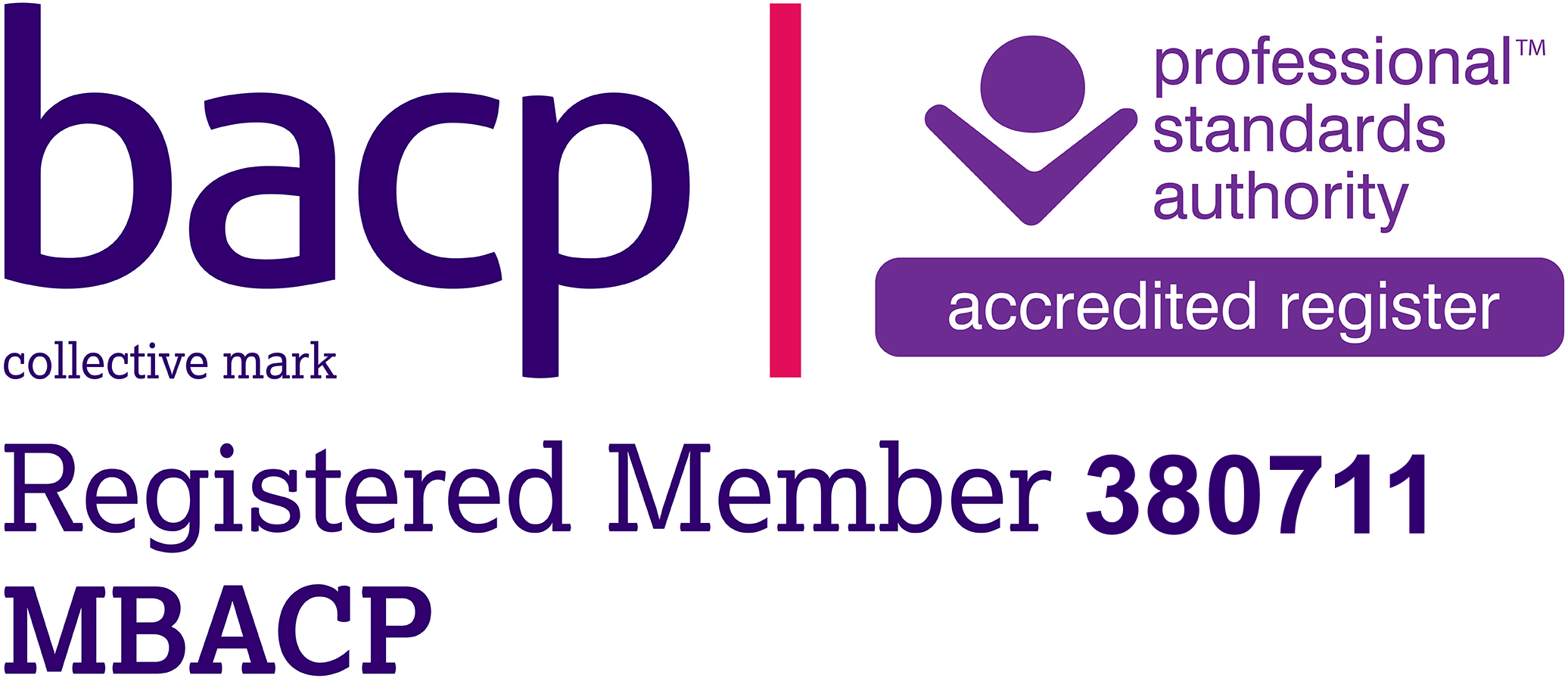Trauma Story Training
Today we recognise that many children, sadly, have been traumatised. The trauma may not have been a single event (a death or car crash, for example) but cumulative (such as is delivered by longstanding neglect). The Adverse Childhood Experience (ACE) studies in America are well-known for showing the terrible effects that unresolved early childhood traumas can have on people in their later lives.
https://en.wikipedia.org/wiki/Adverse_Childhood_Experiences_Study
'Developmental trauma', too, is a concept that helps us to understand that the emotional development of a child can be deeply affected by traumatic experience. Often, in child and adolescent mental health settings, such as CAMHS, we meet children who may have a chronological age of, say, 14, but an emotional age nearer the age that the trauma happened in the past. Trauma, too, can have an age – is it at a more or less mature stage (eg acted out in behaviour - immature, or has it achieved a capacity for expression via words and a reliance on relationship to support recovery - mature).
Professionals are increasingly recognising that trauma for children and families may be inter-generational. In this way of thinking, the challenging behaviour of children is often a symptom of trauma that has affected their parents and perhaps grandparents too and has cascaded across the generations.
How do traumatised children recover from their trauma?
For children who have had secure and sensitive parenting over time it may be possible for them to use relationship and words, i.e talking to trusted adults, about what happened and how it made them feel. This kind of sharing of an emotional weight with another person who can survive hearing it and feel and understand the victim’s suffering is at the heart of most therapies - it is the wonderful way human beings use relationship to process and resolve emotional pain that was previously overwhelming to them.
But, for children who did not have a secure, consistent and attuned experience of parenting they are unlikely to have learned how to use relationship to moderate and regulate their emotions; they may not have learned that words work. These children, particularly, will have to rely on a different means for telling the story of their trauma: their behaviour.
Rationale of the training:
Trauma story training is able to help professionals to make sense of children’s challenging behaviour and understand how it links to the original trauma. Years of 1:1 Psychodynamic psychotherapy with traumatised children and consultations to foster carers, social workers and key workers at residential placements has shown me how many different ways children’s behaviour unconsciously communicates to us the trauma that they endured. Until adults understand these links and make sense of the trauma story, children will find it difficult to overcome and process that trauma. In a sense they need us to join the dots (between the original trauma experience and their behaviour in the present) and bear witness to their pain. If we fail to do this and, for example, simply try to modify challenging behaviour, the trauma stays with them and they are often driven to increase the challenging behaviour - a bit like shouting louder!
Trauma Story Training gives professionals like Social Workers, teachers, foster carers et al strategies and tools for making sense of the challenging behaviour of children – and offers ways to respond to it. The real challenge of challenging behaviour is for us adults to hear, feel and understand a child’s emotional pain and by putting words to it, in the context of a consistent and safe relationship, to help them to recover from the trauma.
If the child’s trauma story is not sufficiently understood then there is a real possibility that in spite of the humanity being afforded the child, breakdown happens later on.
Core Trauma Story Training skills:
- Learning how to acknowledge and then use the emotion that is elicited in us by the challenging behaviour of children. These feelings, which are often very powerful, communicate a great deal about what the child suffered when they were being traumatised. We need to harness this communication and make sure we can survive the feelings, not act them out, and learn to understand and use them.
- Learning to see the symbolic quality of much of the challenging behaviour of traumatised children and how it represents and communicates their original trauma experience. Using help, guidance, strategies and tools - adults can become more confident about how to begin to put words to the child's communications. This process helps children to move from challenging behaviour to using words and relationship to tell us about the things they suffered.
Why Choose this training?
To help children recover from trauma; to skill-up professionals in caring roles; to avoid/reduce placement breakdown; to reduce staff burnout; to reduce challenging behaviour; to understand what a child's behaviour is telling us; to meet the requirements of inspection in respect of attunement to children's emotional needs.
Trauma story training - Learning outcomes:
Trauma story training aims to deliver key skills that develop in adults a greater capacity for reflecting on the behaviour of traumatised children and the emotional fallout they experience as they do this. The skills include empathy, an understanding of the symbolic quality of children's behaviour i.e what it communicates, reflection on our feelings and how they can inform us of what children have suffered in the past; and help with how to contain and manage children when their emotions are in full spate.
It is striking how helpful keyworkers, social workers, teachers and foster carers et al have found these concepts. They have told me it has helped them to separate from those powerful feelings within them and become more reflective, more curious and more analytical. This approach allows the adults to re-centre and ground themselves; they can better understand the feelings that are being lodged inside them by the child and instead of acting on those feelings, in ways that can be uncontained or destructive or just unhelpful, they usually find themselves feeling greater concern and empathy for the child – as well as a deeper, more felt understanding of what the child suffered in the past. I sum this as the adults ‘getting’ the child’s trauma story.
When the Trauma story approach is applied by adults who are in caring roles, children can be greatly moved by having their trauma story understood and named. Their behaviour and feelings, which hitherto may have seemed chaotic and ‘naughty’ to them, become coherent and understandable – rational even. Children who have experienced this stage of the work can be freed from a cycle of seeing themselves as negative, destructive and ‘bad’ and start to see themselves in a more compassionate way – and their trauma begins to heal.
Who is this training for?
Social Workers, residential workers, teachers, mentors, foster carers, parents, mental health professionals.
Bespoke training packages:
The core of the training is the Trauma Story approach with its focus on the emotional affect on staff/ adults and the symbolic meaning of children's challenging behaviour. However, training can be delivered in a modular way and include additional aspects of mental health teaching/training that are relevant to the needs of any group or organization. It can include:
1. Understanding the Trauma Story Approach
2. Using the Trauma Story Approach - when a child is in a 'hot' state and will not listen; when a child is 'cooler' and can hear some reflections - getting into the detail of how we respond including what are our default approaches.
3. When a child has not developed the emotional capacity for using relationship and words to understand and manage their feelings, professionals will need to understand what emotional capacities need to be fostered in the child and how to achieve and measure these. I use an 'Emotional Scaffolding Grid’ to describe, for example:
- The importance of early assessment - how to gauge where a child is developmentally and what their emotional capacities are. How to tailor the attunement of a placement/ school to the child’s needs, particularly in respect of hearing their trauma story.Examples of activities staff can do that foster the required emotional skills in children.
- How to evidence development of these skills in children.
- How to foster in a child a capacity to use relationship.
- How to attune to a traumatised child.
- Embedding these principles within the whole organization - the central place of supervision whether 1:1, group or peer; supervision for management.
Relevant Research + Evidence Base:
1. S. Morelli et al “The Neural bases of feeling understood and not understood” pbld in Social Cognitive and Affective Neuroscience Vol. 9 Issue 12 Dec 2014
Morelli et al at investigated the neurology of feeling understood, arguing that:
“Given the importance of felt understanding for well-being, it is critical to establish the neural bases of feeling understood and not understood and link these neural signatures to interpersonal and intrapersonal outcomes.”
What they discovered through the use of MRi scans on participants was that feeling understood is registered in neural regions associated with reward and social connection as well as those related to mentalising; whereas not feeling understood affects regions related to negative affect and social pain. The researchers make several interesting conclusions including that feeling understood is not simply a cognitive issue but an emotional one which gives rise to feelings of being valued, respected and validated.
2. Afzal, N., Ye, S., Page, A. C., Trickey, D., Lyttle, M. D., Hiller, R. M., & Halligan, S. L. (2023). A systematic literature review of the relationship between parenting responses and child post-traumatic stress symptoms. European journal of psychotraumatology, 14(1), 2156053.
Afzal et al completed a comprehensive review of studies looking at how parental responses to their child’s trauma impacted both the child’s wellbeing but notable, also, their symptoms.
One of their key findings was that when parents don’t talk to their child about the trauma, or indeed encourage avoidance of stressful experiences related to the trauma, the child tends to experience more symptoms.
> Parental responses to their child’s trauma are related to children’s recovery from those traumatic experiences.
3. Davis, R. S., Halligan, S. L., Meiser-Stedman, R., Elliott, E., Ward, G., & Hiller, R. M. (2023). A Longitudinal Investigation of the Relationship Between Trauma-Related Cognitive Processes and Internalising and Externalising Psychopathology in Young People in Out-of-Home Care. Research on child and adolescent psychopathology, 51(4), 485–496.
> The findings underline that the way Children Looked After make sense of and cope with their traumatic experiences impacts their mental wellbeing. [The importance, therefore, of adults’ helping young people to understand what has overwhelmed them is therefore underlined].
4. Neil, L., Viding, E., Armbruster‐Genc, D., Lisi, M., Mareshal, I., Rankin, G., … & McCrory, E. (2021). Trust and childhood maltreatment: evidence of bias in appraisal of unfamiliar faces.Journal of Child Psychology and Psychiatry.
> The findings, unsurprisingly, showed that young people exposed to abuse and neglect tend to perceive others as less trustworthy (as compared to peers who have not experienced this maltreatment). [This research is relevant to the challenge of working with what I term the age of the trauma, including the capacity for use of relationship and words to support recovery].
5. ‘Attachment, Mentalizing and Trauma: Then (1992) and Now (2022)’. Peter Fonagy, Chloe Campbell and Patrick Luyten.
“In our developmental approach to trauma, we have previously suggested that adversity is traumatic when it is accompanied by a sense that the mind is alone. Normally, the presence of another’s mind provides social referencing that helps an individual to frame a frightening experience that would otherwise be overwhelming. Recent experimental studies have provided strong support for this view.” (pp12).
Stop press:
1. The Journal of Social Work (Taylor and Francis online) published my Trauma Story article - it describes the Trauma Story approach in an accessible way and is relevant for teachers, social workers, foster carers, parents. In fact any adult who has to field, manage and make sense of the challenging behaviour of traumatised children will be interested in this approach.
https://www.tandfonline.com/eprint/w2xES4uzfTWBJkeR7Zif/full?target=10.1080/02650533.2019.1572081
2. In July 2018 I was invited to present the Trauma Story ideas and understandings at the Annual General Meeting of the Independent Children’s Homes Association (ICHA). This was a gathering of managers and key staff at a large number of residential providers around the country. The feedback was very positive.
3. Trauma Story Training was delivered most recently to the Behavioural Lead for a residential setting, part of a large national provider of settings. Feedback:
"...the session worked really well and was structured and paced perfectly....The Trauma Story model was explained in a clear, structured and enthusiastic way with great examples and real life scenarios. I feel I have come away with a strong understanding of how to start an using the tools, develop staff understanding of the emotions being communicated by our index student’s and to co-produce interventions to let students know they are being 'heard'."
Contact me in confidence on t: 07877 048 087 or e:
 North East London, Essex & Online
North East London, Essex & Online


